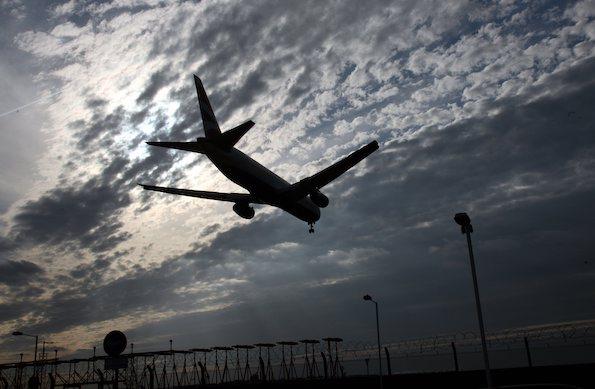
FRANKFURT—The International Air Transport Association (IATA) anticipates the airline industry will return to profitability in 2022. While the association has not yet issued a formal forecast for that year, profits then would be “in line with longer-term growth trends for passenger and cargo traffic,” Chief Economist Brian Pearce said June 9.
IATA’s nearer-term outlook sees a relatively steep recovery of global airline traffic from around 5% of previous April and June volumes to a level 36% below 2019 numbers at the end of this year and 29% below 2019 in 2021. The recovery expected for next year would represent growth of 55% compared to 2020. Pearce said the pattern will be similar to how the industry emerged from the global financial crisis in 2008 and 2009, albeit losses are on “a much larger scale.”
The IATA guidance is based on several assumptions and great uncertainty. IATA assumes the novel coronavirus can be contained, a second wave of infections can be avoided and testing will be effective in 2021. The projections also factor in the effects of a recession, a slow reopening of markets and a cautious return of business travel. Importantly, the forecast is based on a vaccine being unavailable through next year. The pace of the recovery could accelerate should a vaccine be found sooner.
Based on the traffic growth, IATA now believes the airline industry will lose $84 billion in 2020 and $15.8 billion in 2021—or close to a combined $100 billion over two years. The industry posted a $220 billion net profit between 2010 and 2019. The 2016-19 profit was $120 billion. The industry lost $26 billion in 2008 and $4.6 billion in 2009.
IATA also expects 2020 revenues to fall by 50% to $419 billion and climb back to $598 billion next year. “Financially, 2020 will go down as the worst year in the history of aviation,” IATA Director General and CEO Alexandre de Juniac said. “On average, every day of this year will add $230 million to industry losses.” He estimates airlines will carry 2.2 billion passengers this year, losing $37 on every passenger flown.
For this year, passenger traffic is now anticipated to fall by 54.7% compared to 2019. But revenues will show a steeper decline—to $241 billion from $612 billion—because average yields are expected to contract by 18%. IATA believes airlines will achieve a load factor of 62.7%, 20 points below last year’s level. Costs will be down around 35%, IATA predicts.
At an average price of $36.80 per barrel, fuel will account for 15% of the airlines’ total cost. In 2019, the average market price was $77 but the cost share was also much higher at almost 24%.
Unlike passenger traffic, IATA believes cargo demand in 2021 will surpass 2019 levels, rising 3%. Because of much higher rates for air cargo, revenues already will be higher in 2020.
Pearce highlighted the $123 billion in various forms of government aid the industry has received but warned that some of the debt may need to be converted to equity to avoid more failures. That would give governments an even bigger role as shareholders.





